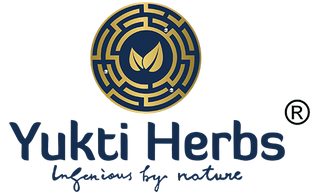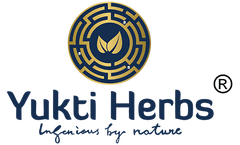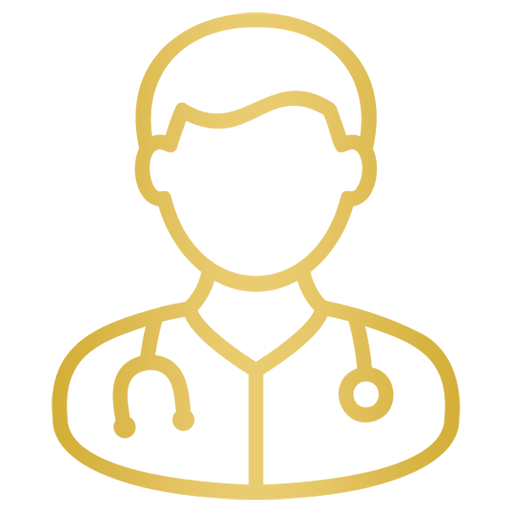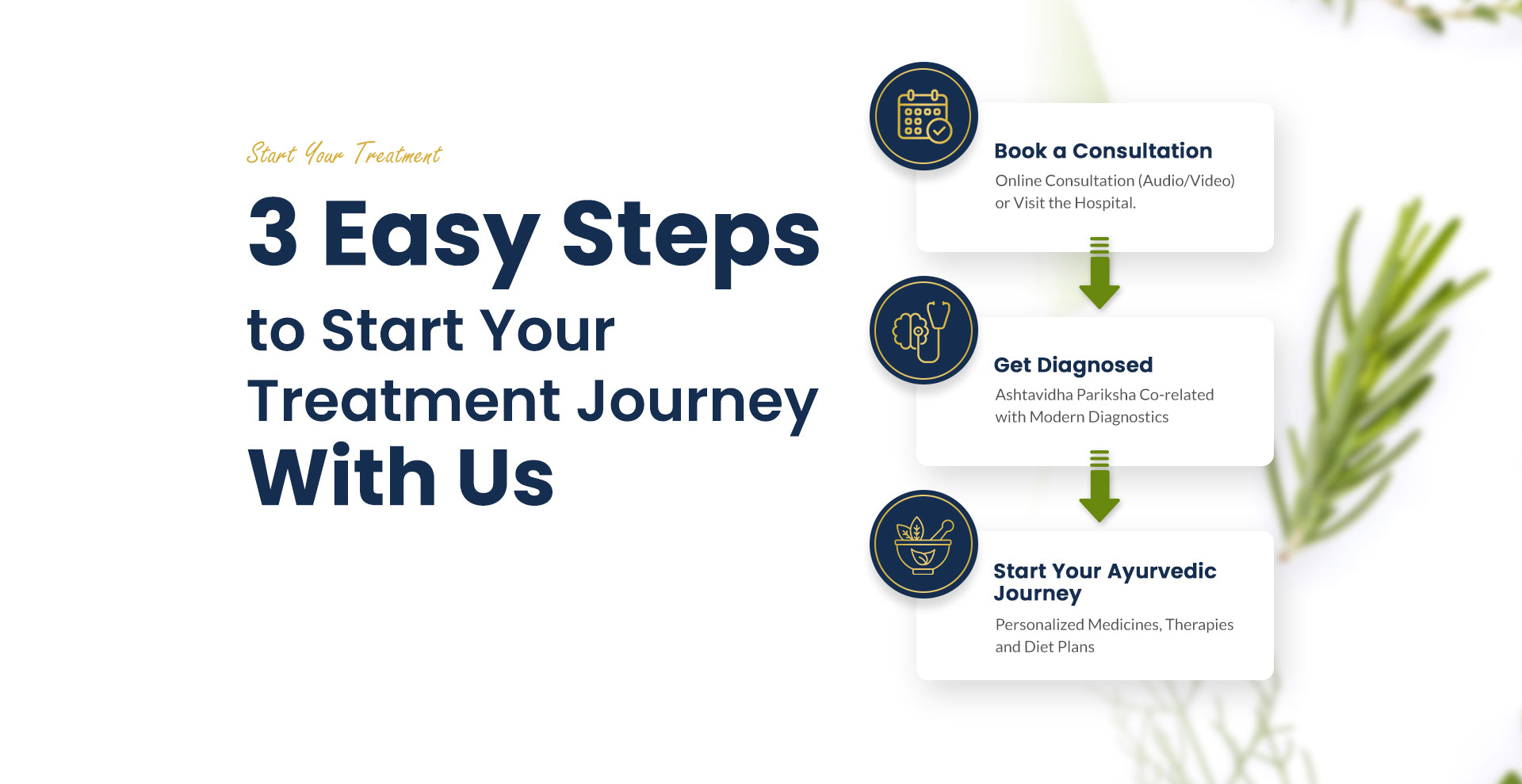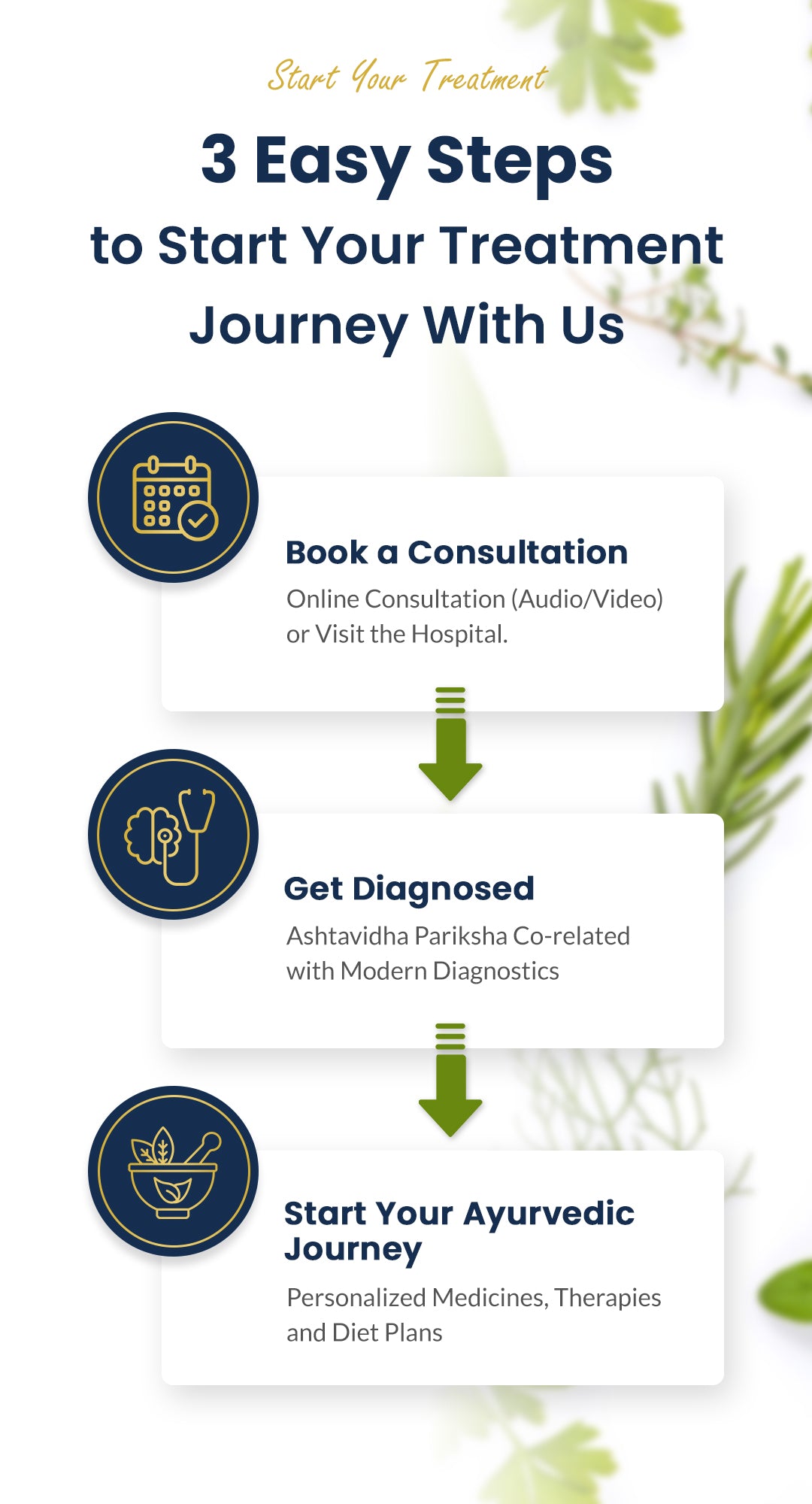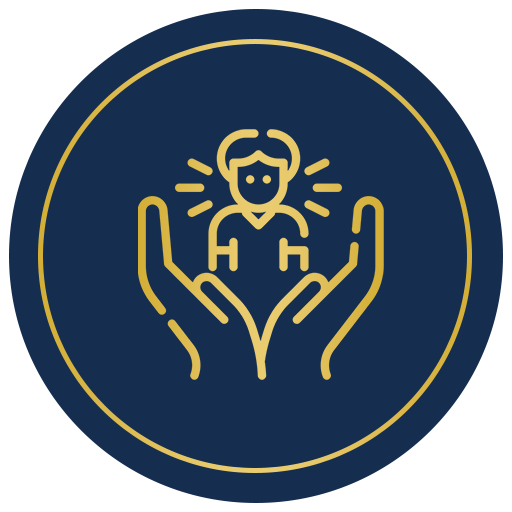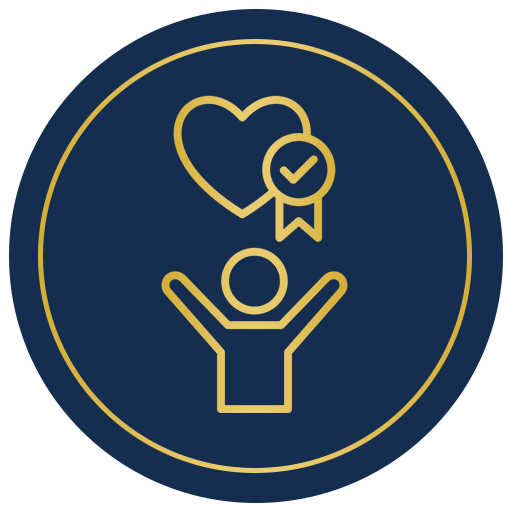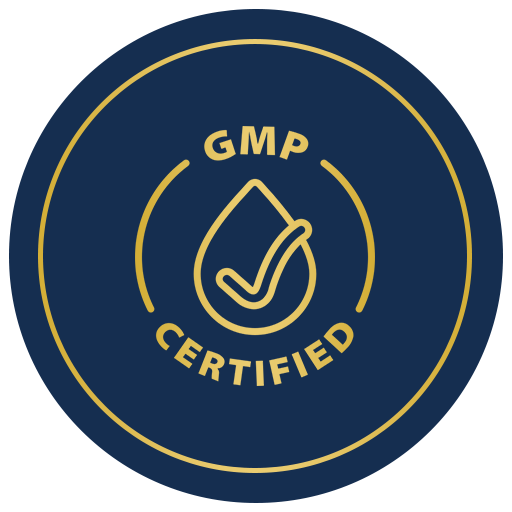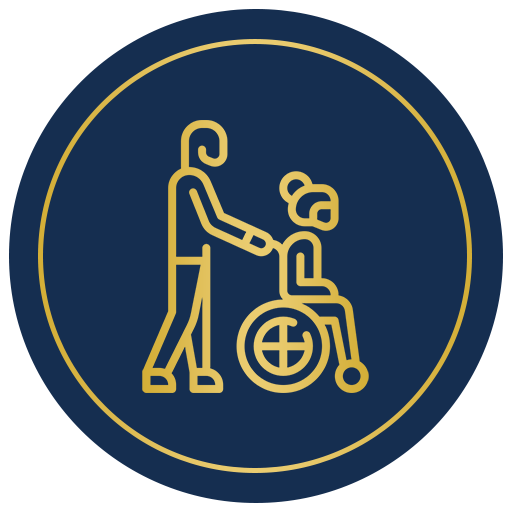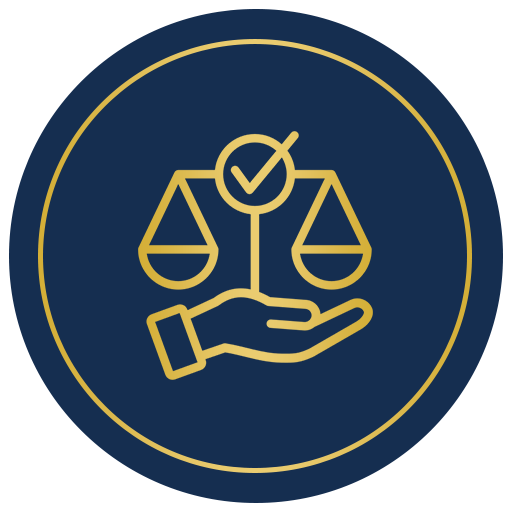
Yukti Herbs
Where Tradition Meets Innovation
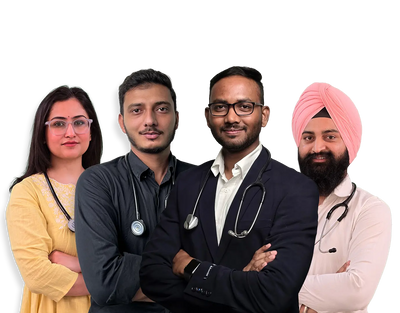
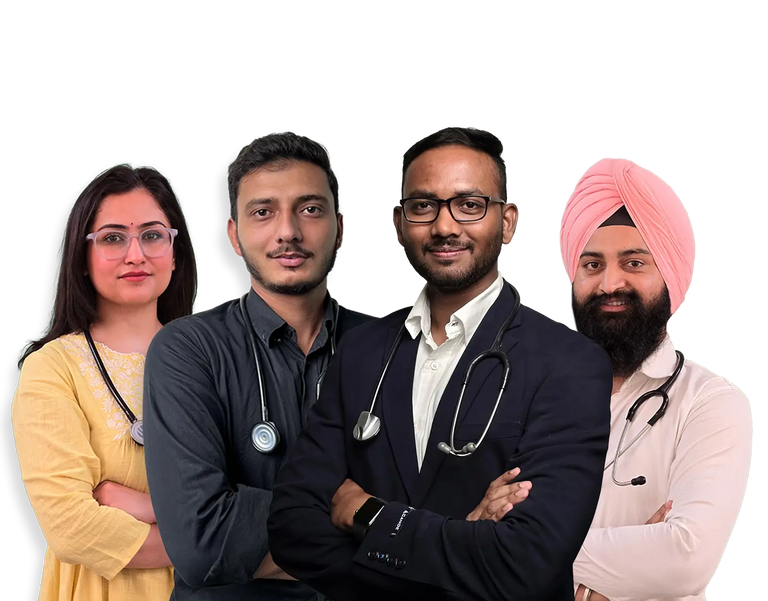
At Yukti Herbs - Multispeciality Ayurveda & Panchakarma Hospital, we bring together the best of Ayurveda and Modern Science to deliver effective personalized care. Backed by MD, PhD Certified Ayurveda Practitioners, we follow well-researched treatment protocols to treat chronic ailments, restore dosha balance, and rejuvenate the body.
Book Your AppointmentExpertise
Our Expertise

Digestive Disorders
IBS, IBD, Ulcerative Colitis, GERD (Acid Reflux)

Pain Management
Sciatica, Cervical Spondylosis, Back Pain, Knee Pain
Expertise
Our Expertise

Auto-Immune Disorders
ITP , Psoriasis, Rheumatoid Arthritis Multiple Sclerosis

Skin Disorders
Eczema, Acne, Hyper-pigmentation, Vitiligo

Renal Disorders
Chronic Kidney Disease (CKD), UTIs Kidney Stones, Nephrotic Syndrome

Liver Disorders
Fatty Liver (NAFLD), Hepatitis Cirrhosis, Ascitis

Metabolic Disorders
Diabetes (Type 1 & 2), Insulin Resistance Diabetic Neuropathy, Thyroid

Cardiac Disorders
Hypertension, High Cholesterol, Angina, Coronary Artery Disease, Arrhythmia

Reproductive Disorders
Infertility (M&F), ED/PE, PCOS/PCOD, Endometriosis, Hormonal Imbalance

Bone & Joint Disorders
Arthritis (Osteoarthritis, Rheumatoid) Gout, Fibromyalgia
Our Products
Best Sellers
Explore Our Wide Range of Hot Selling Products
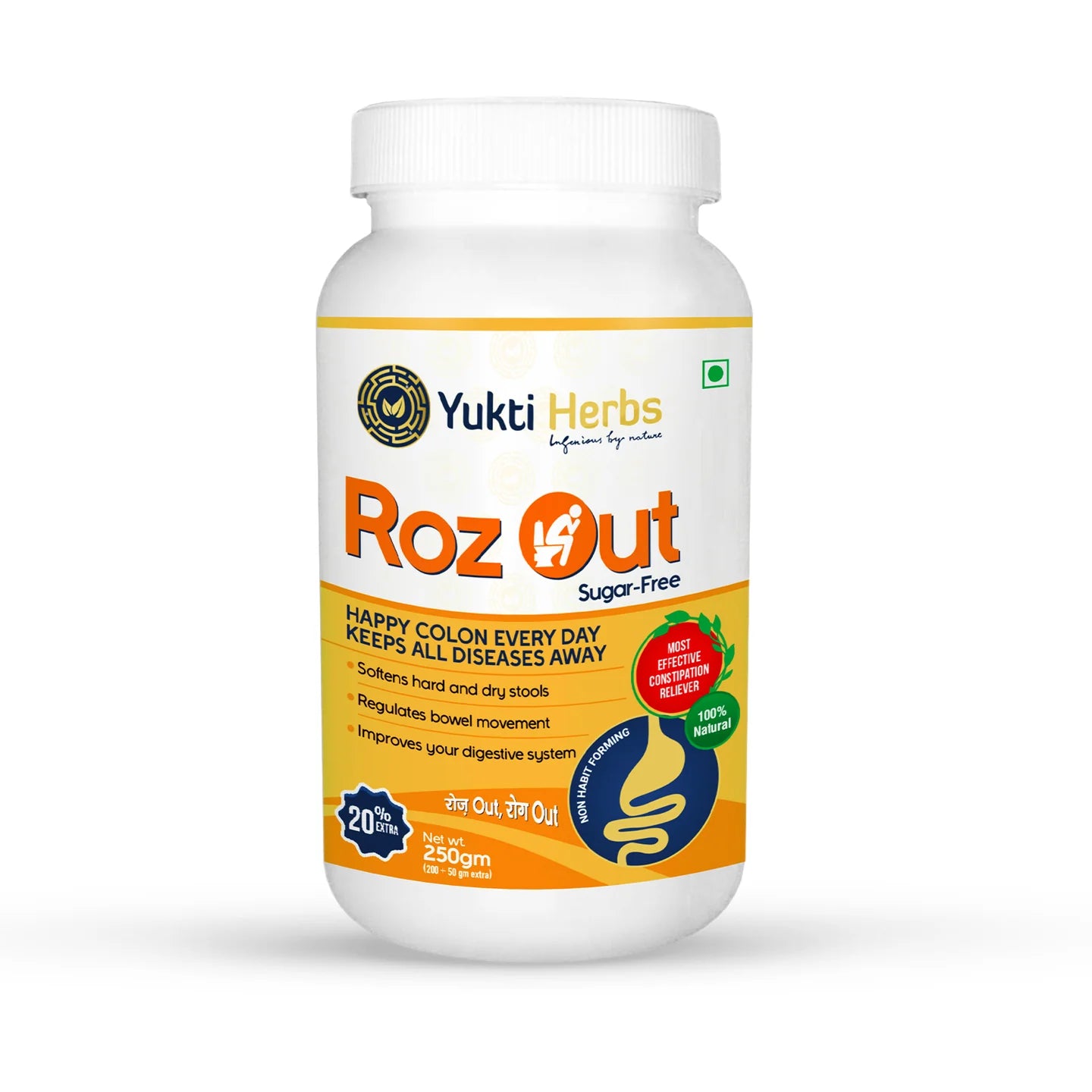
Roz Out
Roz Out is a highly effective herbal product for relieving constipation. Crafted by PhD Ayurveda Experts.
 Pack of 250gms
Pack of 250gms
Rs. 531.00 Rs. 590.00
You save 10%
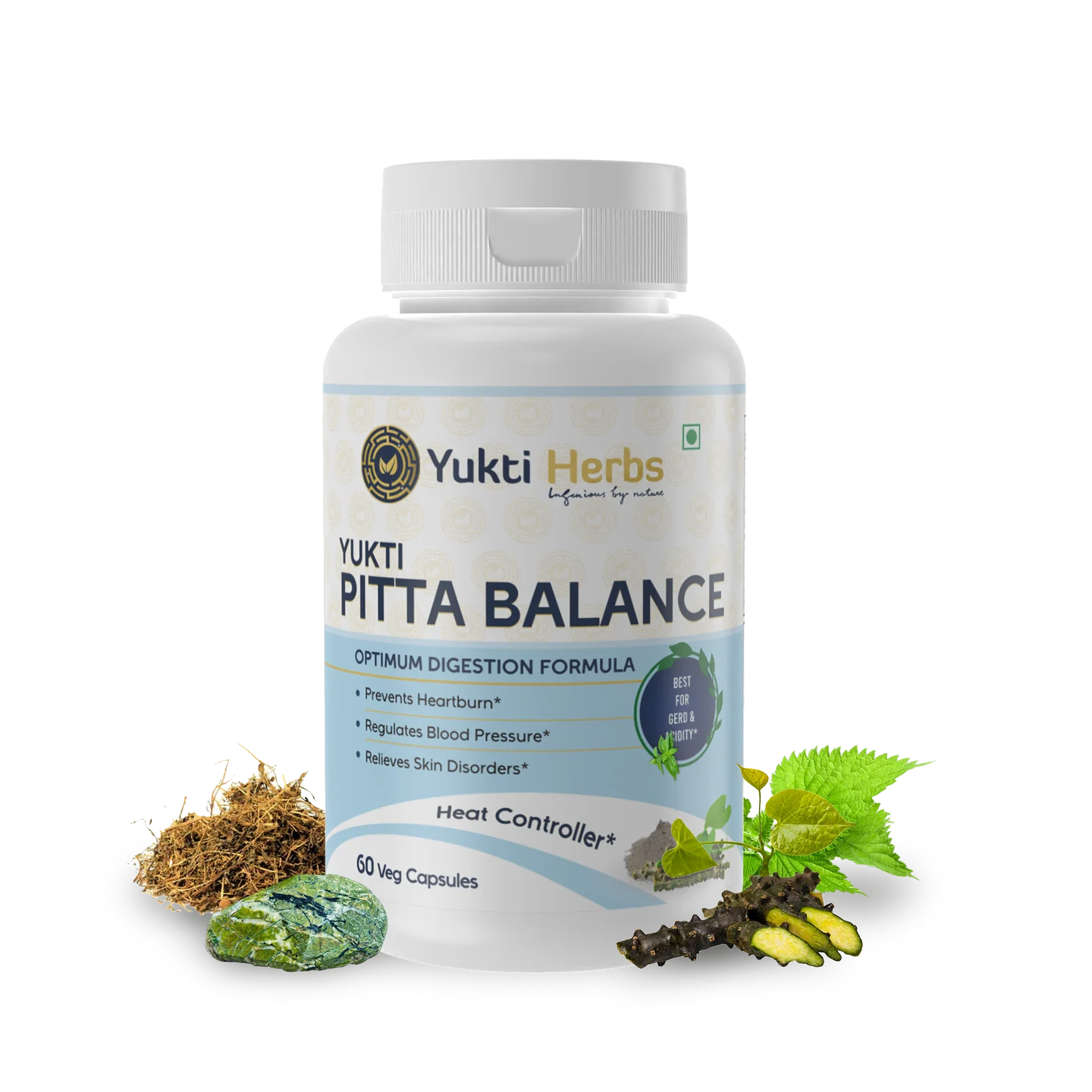
Pitta Balance
Yukti Herbs Pitta Balance Capsules – A natural remedy to calm and balance Pitta Dosha.
 Pack of 60 Capsules
Pack of 60 Capsules
Rs. 1,259.00 Rs. 1,399.00
You save 10%
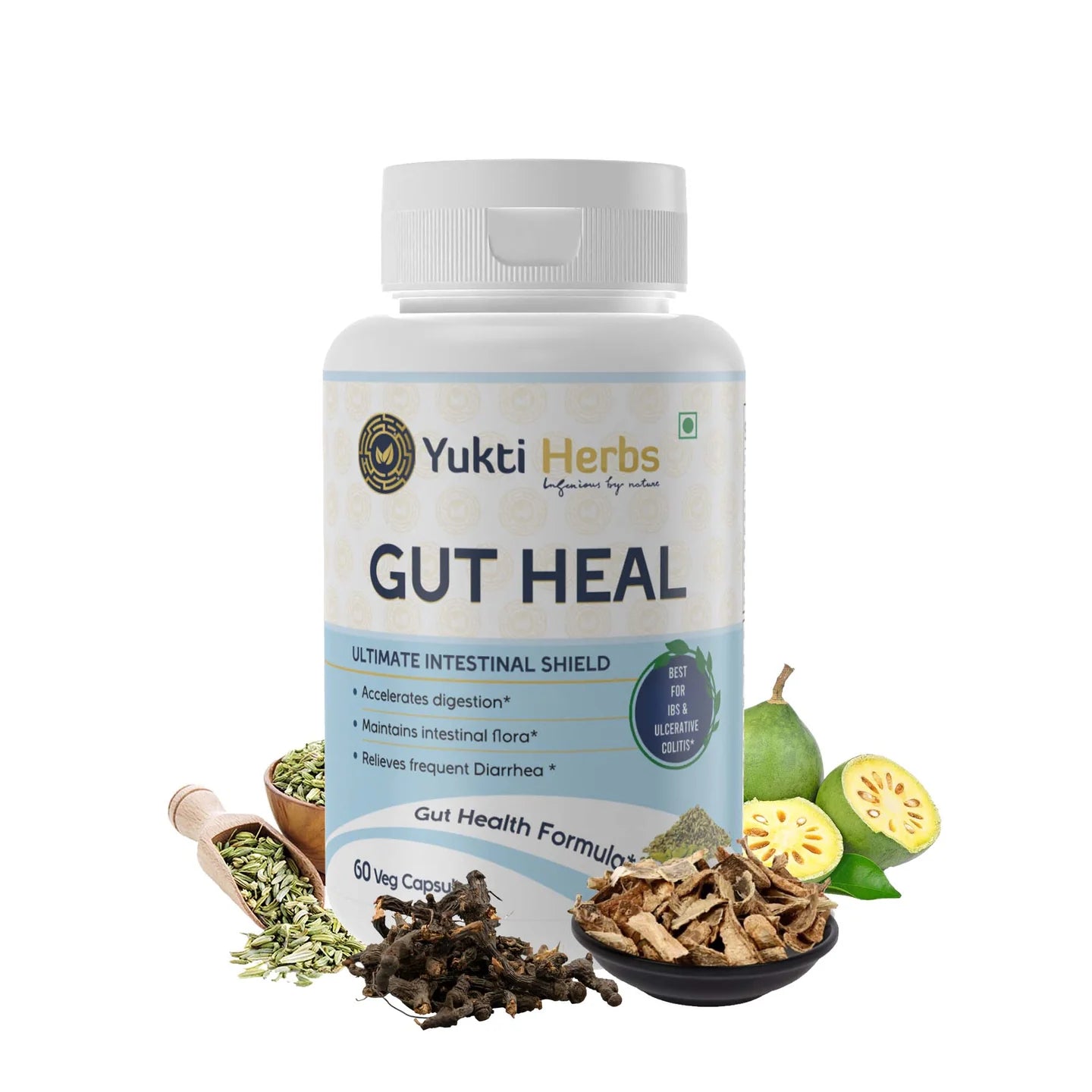
Gut Heal
Yukti Herbs Gut Heal Capsules – Heals intestinal ulcers & promotes gut balance naturally.
 Pack of 60 Capsules
Pack of 60 Capsules
Rs. 1,259.00 Rs. 1,399.00
You save 10%

Perfect Digester
Yukti Herbs Perfect Digester Powder – Enhances gastrointestinal functions and aids smooth digestion.
 Pack of 200gms
Pack of 200gms
Rs. 531.00 Rs. 590.00
You save 10%

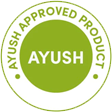
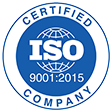



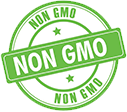


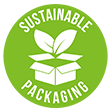
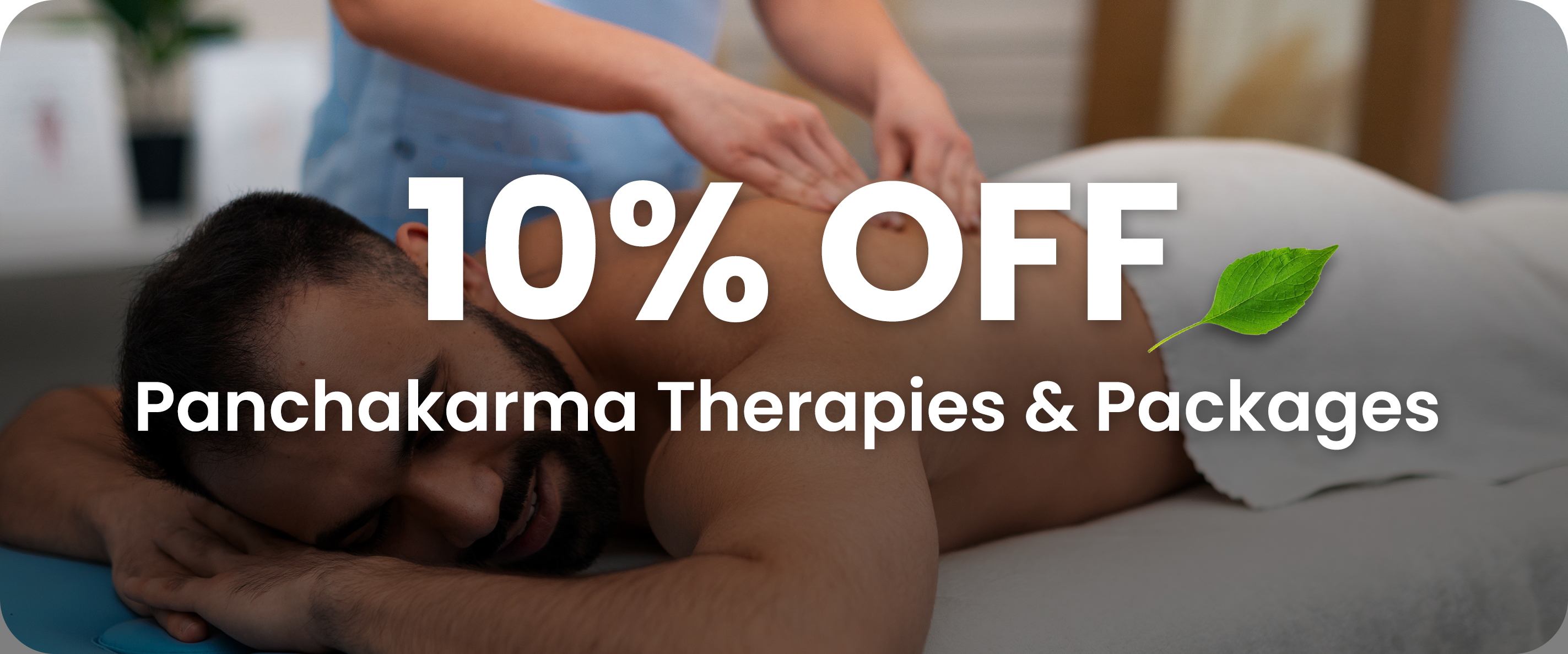

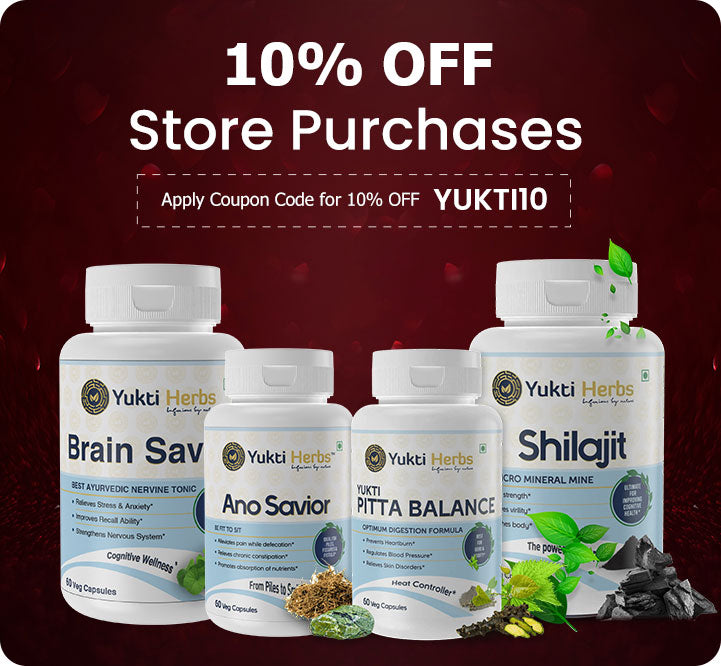
Yukti Herbs
Holistic Care for Body, Mind, and Spirit.
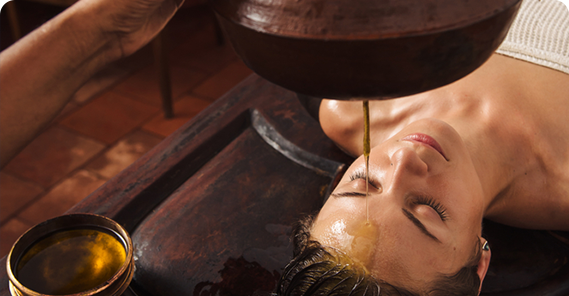
Panchakarma Therapies
Detoxification and Rejuvenation to heal the body.
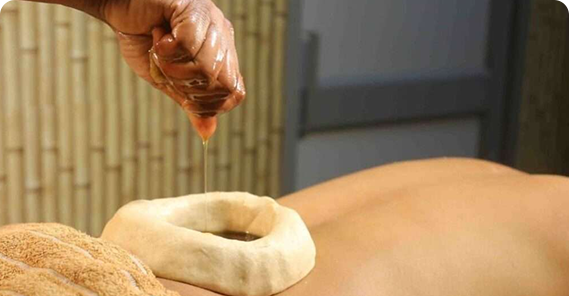
Specialized Treatments
For Acute to Chronic Health Conditions, Lifestyle Disorders, Rehabilitation, and Elderly Care Programs.
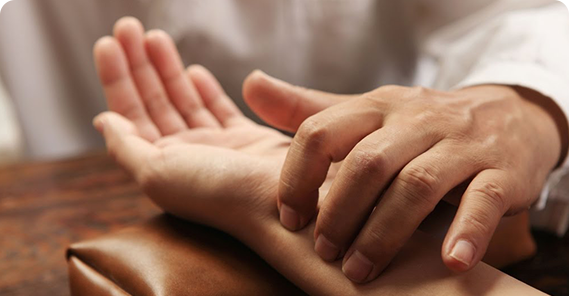
Ayurvedic Consultations
Personalized & detailed consultations to get to the root cause and prepare an effective treatment plan.
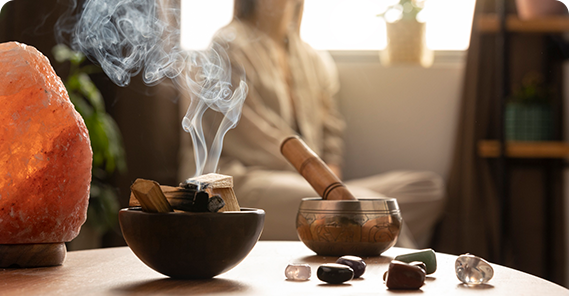
Wellness Programs
Lifestyle guidance, preventive therapies, and Ayurvedic diet plans tailored to specific health goals.
Why Yukti Herbs?
Why Yukti Herbs? Our Unique Advantages
Testimonial
Google Reviews
Herbal Products
1+
Happy Patients
1+
Ayurvedic Excellence
1 Years
Start Your Healing Journey
“Your Good Health is our Priority. Discover the Power of Ayurveda with
Yukti Herbs - Ingenious by Nature.”
